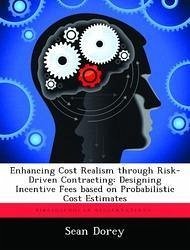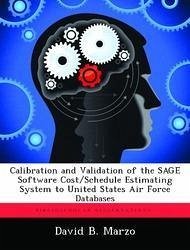
Data Analysis and Its Impact on Predicting Schedule and Cost Risk
Versandkostenfrei!
Versandfertig in über 4 Wochen
54,99 €
inkl. MwSt.

PAYBACK Punkte
27 °P sammeln!
Many databases rely on documents (research) of the past to input data to create a comprehensive database. The Selected Acquisition Report (SAR) is one such document. The SARs are pervasive documents that have undergone decades of scrutiny by Congress and watchdog organizations such as the Government Accountability Office. Since the SAR has undergone such massive evolutionary changes, creating an accurate acquisition database presents a daunting task for the analyst and researcher alike. This research concerns itself with one such database. From this prior research database, we look to fill in ...
Many databases rely on documents (research) of the past to input data to create a comprehensive database. The Selected Acquisition Report (SAR) is one such document. The SARs are pervasive documents that have undergone decades of scrutiny by Congress and watchdog organizations such as the Government Accountability Office. Since the SAR has undergone such massive evolutionary changes, creating an accurate acquisition database presents a daunting task for the analyst and researcher alike. This research concerns itself with one such database. From this prior research database, we look to fill in missing data. We first conduct a literature review to determine why we have database discontinuity. Indeed, a large part of our review entails SARs. We find there are no other complete sources for acquisition reporting. Also, the reason for missing data stems from 30 years of change within the Department of Defense administration. In addition, we grow concerned about the number of rebaselines a program undergoes in its lifecycle.














